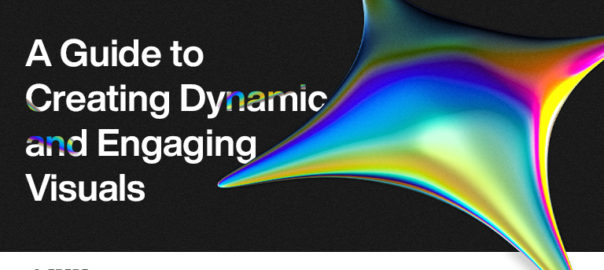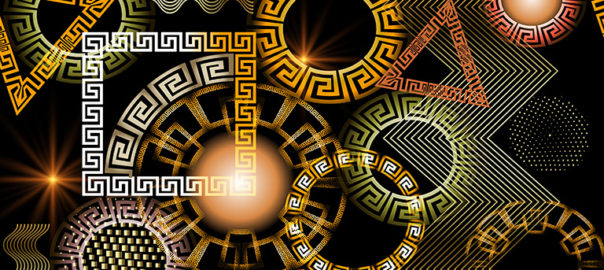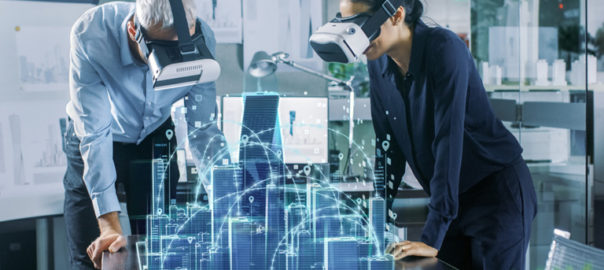Motion design is an art style that combines design and animation to generate graphics that are dynamic and captivating. It has the ability to fascinate and enthral its audience, whether it’s an animated logo, a motion graphic video, or an interactive web design. However, developing effective motion design requires more than making things move. It strikes a delicate balance between design concepts, animation techniques, and storytelling abilities. In this guide, we will explore the 10 essential principles of motion design and how they can be used to create engaging, dynamic, and impactful visuals.
10 Motion Design Principles
1. Timing and Pacing
Timing and tempo play a key influence on a motion design’s overall effect. Timing refers to the duration of a movement, whereas pacing refers to its velocity. When creating a motion design, both of these elements must be considered, since they might affect the emotional effect and overall narrative of the design. Timing and tempo must be continuous and coherent across the entire piece in order to produce a fluid and natural motion design.
2. Easing
The rate of acceleration or deceleration of an object’s movement is referred to as its ease. In other words, it indicates how quickly or slowly an object approaches its target. Easing can have a substantial effect on the perceived realism and naturalness of a motion design, and it is a crucial component employed by a designing agency in creating natural and convincing animations. By applying easing to an object’s movement, you can make it appear more lifelike and add a sense of weight and direction to the design.
3. Movement Pathways
The movement routes of elements inside a motion design also contribute significantly to its overall impact. The path an object follows throughout its motion might alter the viewer’s visual interest and focus. For example, a straight and direct path may create a sense of efficiency, while a more complex and winding path may create a sense of unpredictability and excitement. When developing a motion, it is essential to evaluate the movement pathways of the items and to select paths that are consistent with the overall story and goal of the design.
4. Contrast
Contrast refers to the disparities between elements such as color, size, shape, and motion, and it is an effective tool for generating visual intrigue and impact in motion design. Items with high contrast can attract the viewer’s attention, while elements with low contrast can create a sense of solidity and backdrop. In order to direct the audience’s attention and bolster the overall narrative, it is crucial for UX designers to think about and strategically employ contrast in motion design.
5. Follow-through and Overlapping Action
Follow-through and overlapping action are two notions that define how moving elements in a motion design continue to move after their initial movement has concluded. Follow-through relates to how an object continues to move after its original movement has ceased, whereas overlapping action refers to how distinct design elements move in relation to one another. By adopting these ideas, you can build a design that appears more natural and believable, so enhancing the design’s visual appeal and overall effect.
6. Staging
Staging is the arrangement of items and features in a motion design, and it plays an essential part in generating visual appeal and impact. Staging can be used to direct the viewer’s attention, highlight significant aspects or items, and add depth and perspective to the design. When making a these design, it’s crucial to think about how everything will be staged and to arrange the parts so that they serve the bigger picture.
7. Balance
When elements of a design are balanced, they appear to be held in place and dispersed uniformly to the eye. Motion design artists can accomplish balance by the use of symmetrical or asymmetrical layouts, and it plays an essential part in establishing a sense of harmony and stability in the design. The success of a motion design relies on the careful placement of its individual components, which must be balanced with an eye toward the design’s overall aesthetic appeal and emotional impact.
8. Repetition
Repetition, in motion designs, is the practice of using the same or similar elements (such as forms, colors, or animations) repeatedly to establish a theme or pattern. Repetition can be used to promote a brand or message, as well as to create visual interest and impact. It’s crucial to think about and skillfully employ repetition in motion design to bolster the design’s narrative and accomplish its intended objective.
9. Proximity
Proximity refers to the arrangement of pieces in close proximity to one another, and it is an effective technique for establishing a sense of interaction and connection in motion design. By placing elements in close proximity, you may create a sense of unity and cohesion in your design and also direct the viewer’s visual attention. When creating a motion, it is critical to keep the parts close together and organize them in a way that supports the main narrative and goal of the design.
10. Rhythm
Rhythm is the recurrence of elements in a constant and predictable sequence, and it is an essential component of motion design. Good use of rhythm can give a design a sense of unity and coherence, making it more enjoyable to watch and easier to understand. It can also help to create a sense of energy and movement, drawing the viewer’s eye through the design and keeping their attention focused on the action.
Conclusion
The principles of motion design are the foundation for creating dynamic and engaging visuals. Whether you’re a professional motion designer or just starting out, understanding these principles and incorporating them into your work will help you create motion designs that stand out and connect with your audience. From timing and pacing to overlapping action and staging, each principle has a unique role to play in creating captivating and memorable visuals. So take the time to explore these principles, experiment with them, and let your creativity soar! Contact our team of experts to learn more.
Read more about how to use motion graphics animation for your business here.




